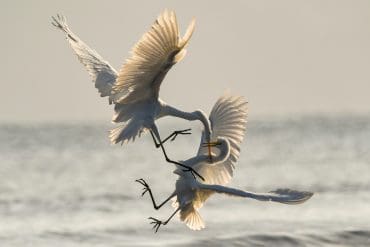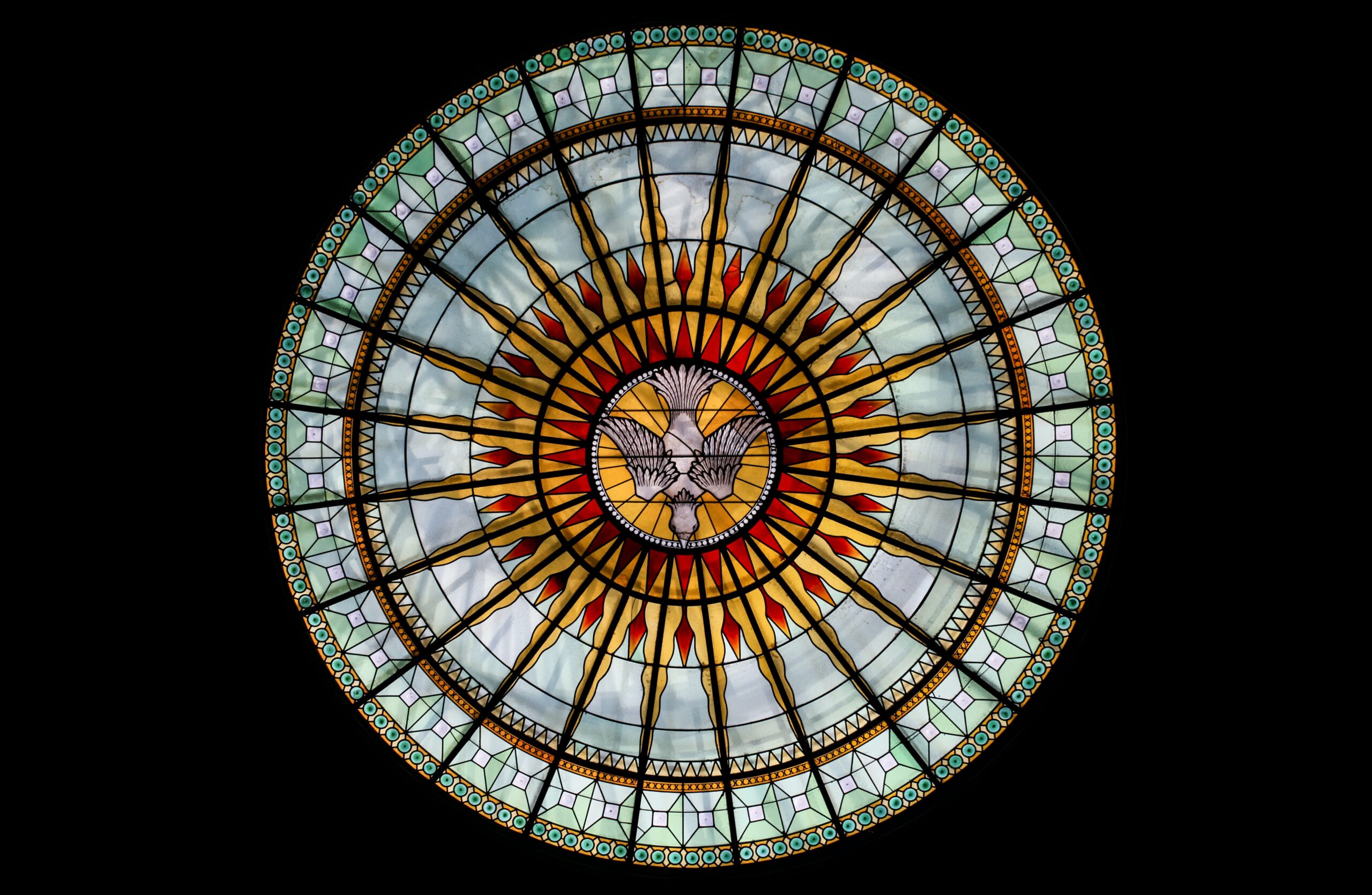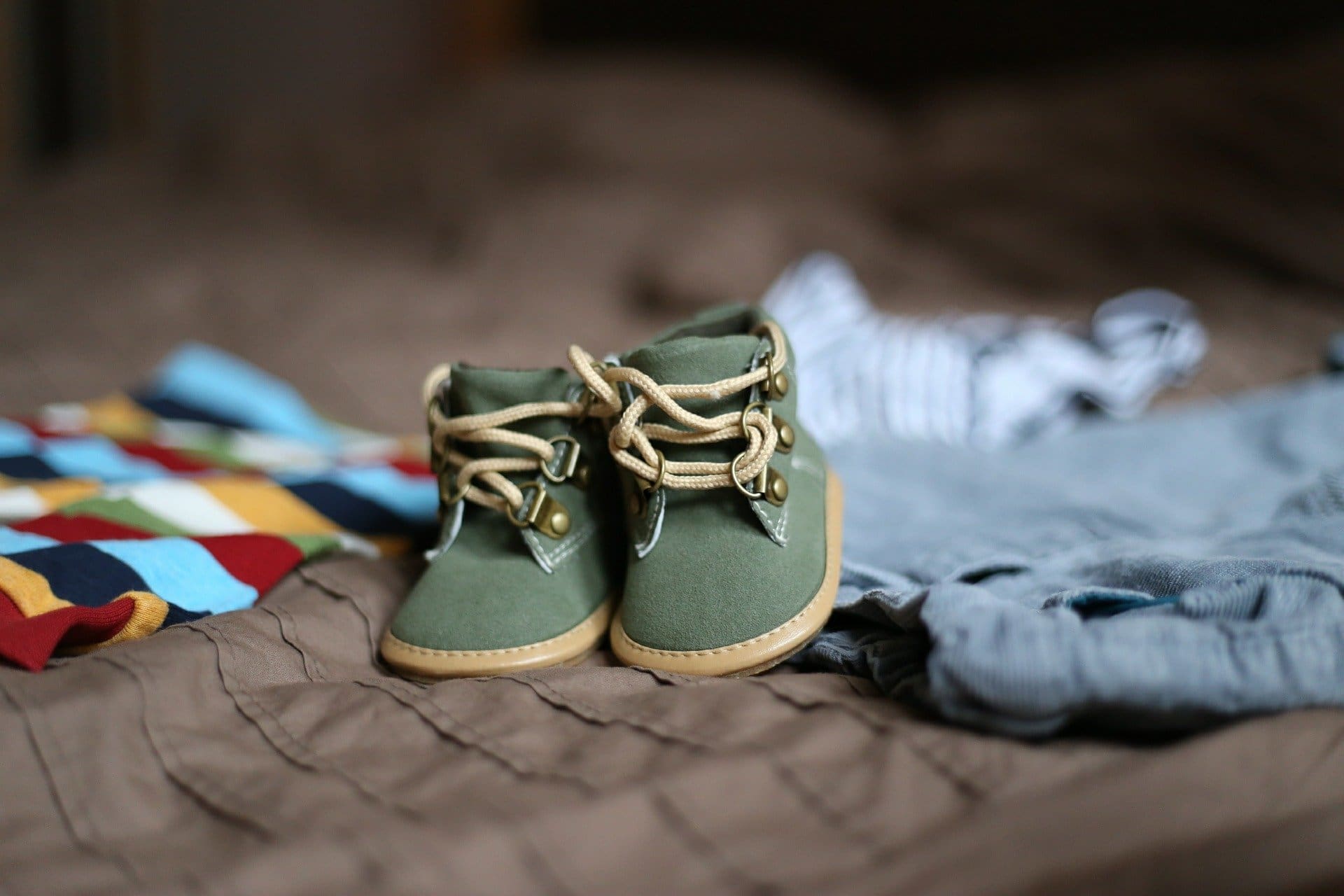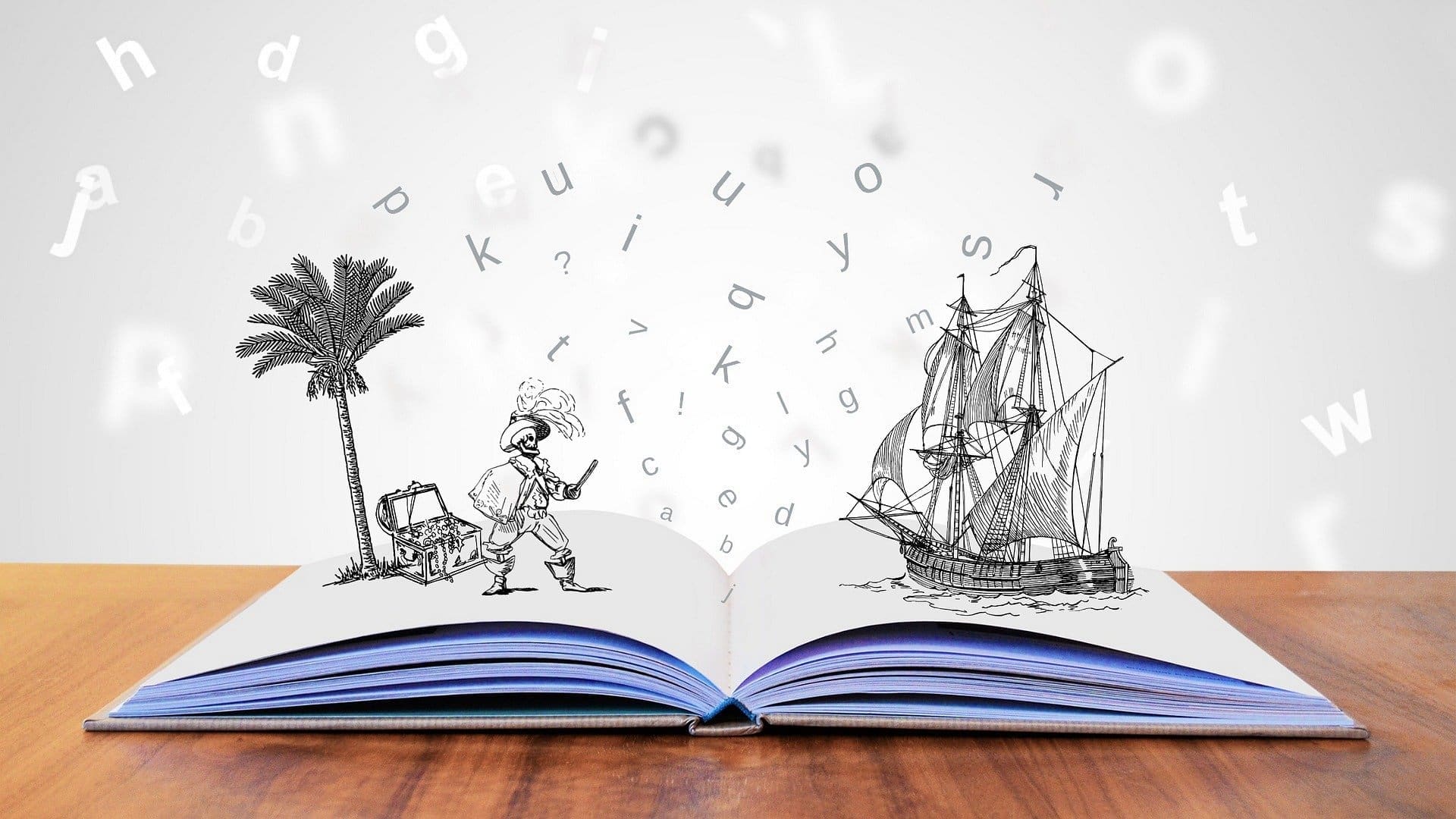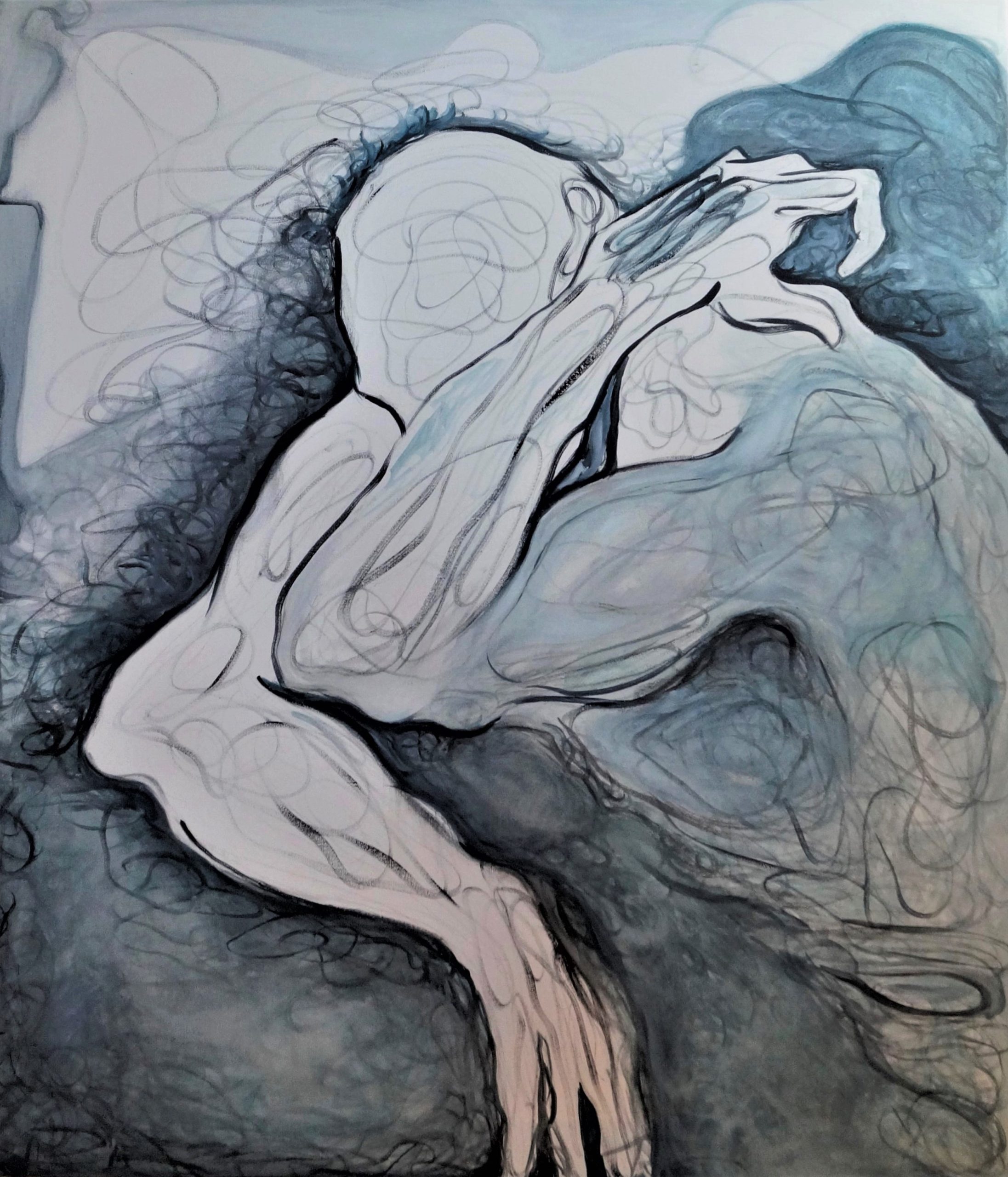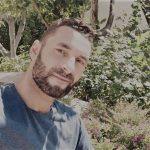Armored Corps: The Spirit of Combativeness and Human Resilience – Graphic Narratives (2022-23)
Author’s Memo
“Armored Corps: The spirit of combativeness and human resilience” is the theme of a graphic narrative project. The work stems from the pictorial collection “Armored corps” (2022-23) created simultaneously with the poetry collection titled “Spirit rising” (2023). I became aware of your website and your publishing activities and I find very interesting in your approach to the public through the method of autoethnography. Reading the informative material about autoetnography I recognized myself in your way of understanding and transforming the experience into cultural content. It’s just what I pursue every day trying to use my life experience, my personal joys and sufferings in something that can help collectivity, sensitize and reflect my experience into the world. I would like to bring to your attention to this multidisciplinary project that includes an unpublished poetry collection and an art essay (thematically connected) and supported by visual narratives.
The project has to do with my conception of self-defense of the individual, the psychological introjection of one’s own irrational fears and the subsequent process of acceptance for the resolution of inner conflicts (troubles that originate from childhood trauma, from experiences related to the acceptance of gender-identity, disease and social non-recognition). For me creation is always a difficult process that goes through different stages and incorporates different forms of expression. In this case the poetry collection is born contextually to some pictures that represent the same concept: the spirit of combativeness and resilience of man.
“Armored Corps: The spirit of combativeness and human resilience” is the theme of a graphic narrative project. The work stems from the pictorial collection “Armored corps” (2022-23) created simultaneously with the poetry collection titled “Spirit rising” (2023).
I believe that the union of the poetic text and the related artwork’s picture itself can strengthen the meaning of the work in relation to my personal experience and the autoethnography methodology.
The presentation text explain in detail the biographical, psychological and empirical meanings of the artistic project and the different meanings of the individual works in relation to the general context. Each poem is accompanied by the original Italian version and the English translation by the author.
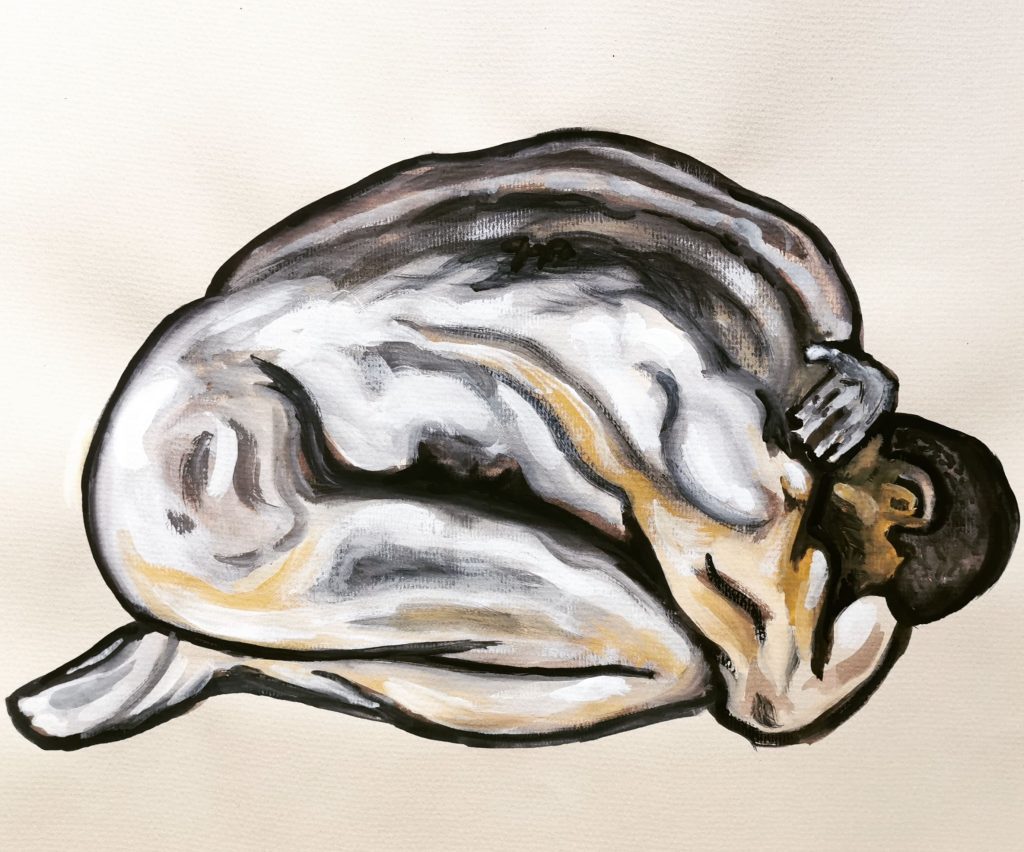
Corpi-corazza, un approccio auto-etnografico
“Corpi-corazza: Lo spirito della combattività e della resilienza umana” è il progetto narrativo grafico di Vincenzo Cohen realizzato con approccio autoetnografico. Si tratta di un progetto multidisciplinare che nasce dalle narrazioni visive della collezione pittorica “Armored corps” (2022-23) realizzata contemporaneamente alla raccolta di poesie “Spirito che si innalza” (2023). Da tempo mi sono interessato al metodo dell’autoetnografia per la predisposizione di questa disciplina a trasmettere un messaggio sociale, comprendere e trasformare l’esperienza personale in contenuti culturali.
Il progetto riguarda la concezione dell’autodifesa dell’individuo, l’introiezione psicologica delle paure irrazionali e il successivo processo di accettazione per la risoluzione dei conflitti interiori (disturbi che hanno origine da traumi infantili, da esperienze legate all’accettazione dell’identità di genere, della malattia e del mancato riconoscimento sociale). La creazione è sempre un processo difficile che passa attraverso diverse fasi e incorpora diverse forme di espressione. Credo fermamente che l’accompagnamento delle immagini al testo rafforzi il significato e la percezione/ricezione collettiva del messaggio culturale. La raccolta di poesie nasce infatti contestualmente con alcune immagini che rappresentano lo stesso concetto: lo spirito di combattività e resilienza dell’uomo. Il punto chiave di questo saggio d’arte è dunque analizzare l’esperienza personale per farne una testimonianza storica.
Armored Corps, an autoethnographic approach
“Armored Corps: The spirit of combativeness and human resilience” is the graphic narrative project of Vincenzo Cohen made with an autoetnographic approach. It is a multidisciplinary project that stems from the visual narratives of the pictorial collection “Armored corps” (2022-23) created simultaneously with the poetry collection “Spirit rising” (2023). I have long been interested in the methodology of the autoetnography for the propensity of this discipline to convey a social message, understanding and transforming the personal experience into cultural content. The project has to do with the conception of self-defense of the individual, the psychological introjection of one’s own irrational fears and the subsequent process of acceptance for the resolution of inner conflicts (troubles that originate from childhood trauma, from experiences related to the acceptance of gender-identity, disease and social non-recognition).
The creation is always a difficult process that goes through different stages and incorporates different forms of expression. I strongly believe that the accompaniment of images to the text fortifies the meaning and the collective perception/reception of the cultural message. The poetry collection is in fact born contextually with some pictures that represent the same concept: the spirit of combativeness and resilience of man. The key-point of this art essay is therefore analyzing personal experience in order to make a historical testimony.
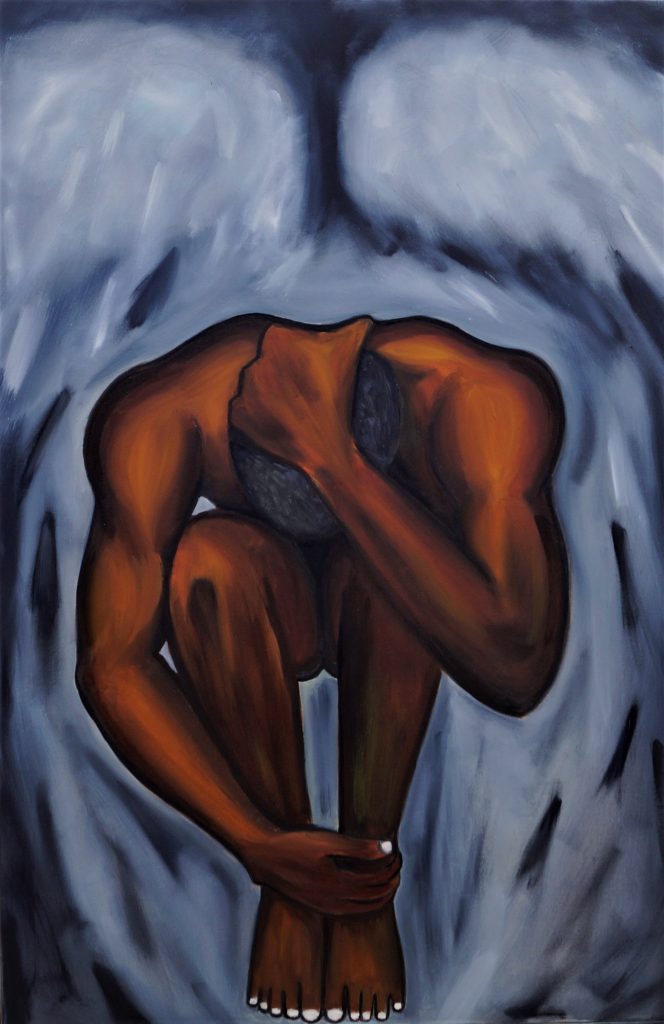
Capacità di sopravvivenza e resilienza umana nella pittura sociale di Vincenzo Cohen
La collezione dei “corpi-corazza” inaugura una nuova stagione pittorica nella quale il corpo è il tema principale. Il titolo fa riferimento al corpo umano inteso come corazza protettiva. “Armored corps” è un’accezione di carattere militare che identificava le “unità corazzate” statunitensi che combattevano contro i tedeschi durante la seconda guerra mondiale (in seguito definite “Settima Armata”). Il titolo sottolinea il carattere combattivo dei soggetti rappresentati all’interno di questa produzione pittorica. La collezione segna un ritorno al precedente stile della collezione “Crepuscolo”, ma anche un ritorno alla centralità della figura umana, focalizzata in particolare sull’universo maschile. La fonte di ispirazione nasce dall’osservazione dal vero o dalla scultura di ascendenza greco-romana. I soggetti mirano a riprodurre il concetto di “introiezione”, attraverso la rappresentazione di figure ripiegate su stesse che descrivono paure innate, meccanismi di difesa verso l’esterno, quando il corpo diventa una fortezza entro cui rifugiarsi, simulacro, protezione di se stesso.
La metafora dello scudo
La collezione ” Corpi-corazza” rappresenta un importante punto di svolta nel processo di ricerca dell’artista perché contiene il risultato di importanti esperienze biografiche legate all’accettazione dell’identità sessuale, al pubblico riconoscimento, al pregiudizio sociale e razziale (in questa luce acquisiscono senso le frequenti figure di colore) e i meccanismi difensivi che nascono a seguito di esperienze infantili e sono alla base del processo di formazione dell’io. Esperienze reiterate nel corso del tempo, legate al senso di colpa indotto dal retaggio culturale e al successivo fallimento nella realizzazione delle proprie aspettative affettive e professionali porta infatti al persistente rinnovamento di paure irrazionali. Tuttavia, mentre tali paure aumentano il senso di estraniamento e divergenza dal contesto sociale, portano anche all’ acquisizione della consapevolezza del proprio valore individuale attraverso lo spirito della resilienza.
‘La collezione ” Corpi-corazza” rappresenta un importante punto di svolta nel processo di ricerca dell’artista perché contiene il risultato di importanti esperienze biografiche legate all’accettazione dell’identità sessuale, al pubblico riconoscimento, al pregiudizio sociale e razziale (in questa luce acquisiscono senso le frequenti figure di colore) e i meccanismi difensivi che nascono a seguito di esperienze infantili e sono alla base del processo di formazione dell’io.
Questo è il punto chiave della collezione, a cui l’artista passa attraverso esperienze, ripetute nel corso degli anni, che conducono al difficile processo di accettazione e riconoscimento della propria forza interiore. In questo contesto acquisisce valore la creazione di disegni preparatori volti a rappresentare figure alienate dal contesto e focalizzate sulla difesa di questa forza, che è sigillata nella materia corporea (vedi l’opera “L’uomo-roccia”). Si tratta spesso di figure singole racchiuse in posizioni ermetiche e isolate in uno sfondo neutro, a sottolineare il bisogno di introspezione psicologica. Un riferimento filosofico che rimanda alla concezione della scultura di Platone e Michelangelo.
Michelangelo infatti, riprende il concetto platonico del dimenarsi di forze contrastanti nell’anima che, imprigionate nel corpo, cercano di sfuggire producendo convulsioni che si esprimono attraverso la forma corporea. Secondo Michelangelo, infatti, lo scultore ha la capacità di liberare il corpo dalle forze che lo opprimono, eliminando la materia grezza da quella pura attraverso il processo di scalfitura della roccia. Secondo la concezione estetica di J. Winckelmann infatti, nell’antica Grecia la scultura era considerata la suprema tra le arti, perché durante l’ età classica riproduceva il concetto di perfezione e bellezza del corpo che rimanda al mondo delle idee di Platone
Survavibility and human resilience in Vincenzo Cohen’s social painting
“Armored corps” is a collection of artworks starting in 2022 and still in progress. The human body is the main theme of this collection conceived as a protective armor. “Armored Corps” is a military term that identifies the American “armed troops” that fought against the Germans during the second world war (later renamed as the “Seventh Army”). The title emphasizes the combative nature of the subjects represented within this pictorial production.
The collection marks a return to the pictorial style of the previous collection of the artist titled “Twilight” but also to the centrality of the human figure, focused in particular on the male universe. The source of inspiration borns from the life-drawing or from the sculpture of Greek-Roman ancestry in moving from three-dimensional to two-dimensional representation. The subjects aim to reproduce the concept of “introjection” through the representation of crouched and twisted figures, usually folded on themselves that describe innate fears, defense mechanisms outwards, when the body becomes a fortress in which to take refuge, simulacrum, protection of hisself.
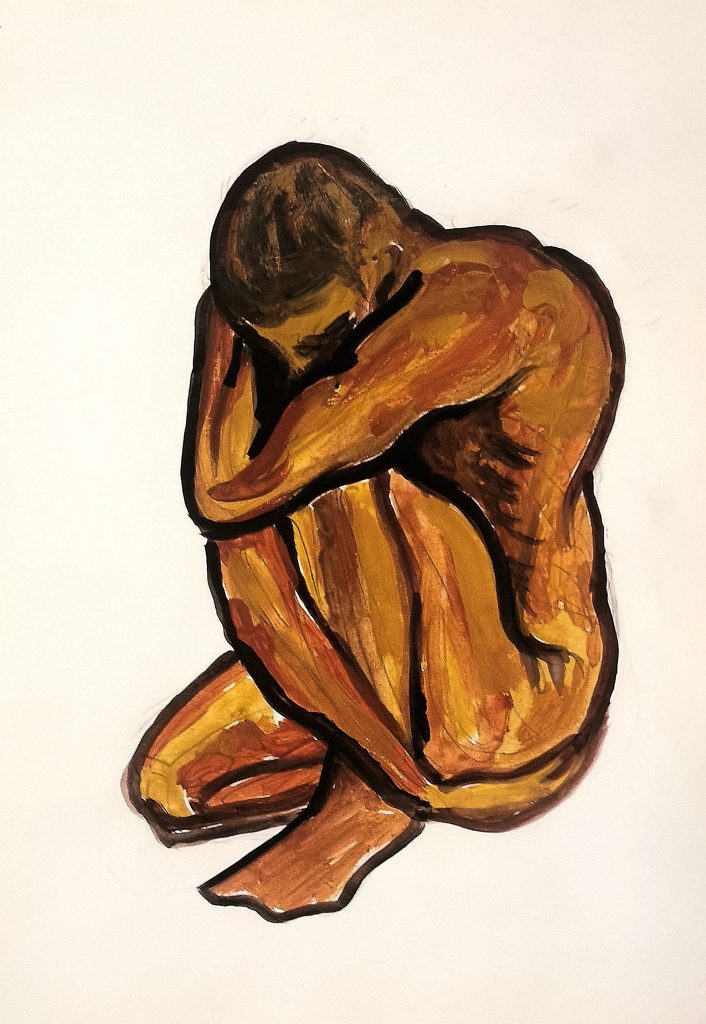
The metaphor of the shield
“Armored corps” represents an important turning point in the artist’s research process because it contains the result of significant biographical experiences related to the acceptance of sexual identity, public recognition, social and racial prejudice (in this light make sense the frequent black figures) and the defensive mechanisms that arise from childhood experiences and are the basis of the process of formation of the ego. Repeated experiences over time related to the sense of guilt induced by the cultural heritage (sedimented in the collective perception and related to the homosexual condition), and the subsequent failure in the realization of the own affective and professional expectations in fact lead to the persistent renewal of irrational fears. However, while such fears heighten the sense of estrangement and divergence from the social context, they also raise awareness of one’s own individual value through the spirit of resilience.
This is the main point of the collection, to which the artist comes through experiences, repeated over the years, which lead to the difficult process of acceptance and awareness of their inner strength. In this regard, the creation of sketches and drawings aimed at representing figures alienated from the context and focused on defending this force, which is sealed in the body matter, makes sense (see the attacched artwork “The rock-man”). They are often single figures enclosed in hermetic postures and isolated in a neutral background, to emphasize the need for psychological introspection.
“Armored corps” represents an important turning point in the artist’s research process because it contains the result of significant biographical experiences related to the acceptance of sexual identity, public recognition, social and racial prejudice (in this light make sense the frequent black figures) and the defensive mechanisms that arise from childhood experiences and are the basis of the process of formation of the ego.
A philosophical reference that refers to Plato and Michelangelo’s conception of sculpture. Michelangelo in fact took up the Platonic concept of the struggle with conflicting forces in the soul that, imprisoned in the bodily matter, try to escape producing convulsions that are expressed through the body form. According to Michelangelo, in fact, the sculptor has the ability to free the body from the forces that oppress it, eliminating the raw material from the pure one through the process of scratching/scraping the rock. In ancient Greece, in fact, sculpture was considered the supreme among the arts, because in the classical age it would reproduce the concept of perfection and beauty of the body that refers to the world of Plato’s ideas (concept subsequently revalued thanks to the aesthetic conception of J. Winckelmann).
Spirit rising
Poetry collection (2023)
Summary:
- Mother Africa
- Poeticizing in the ether
- Rain above us and the stars
- Me before time, time before me?
- Faint flame
- Dying chant
- August insomnia, in winter time
- The peak
- The seventh army
- Spirit rising
- Survival
- Goodnight lie
Mother Africa
A volte nasciamo ma non siamo il frutto dell’amore
e allora dobbiamo imparare ad amarci, ad amare ed ad essere amati…
Io ero ala madre che ti cullava
quando inabissavi nella pioggia degli oceani
relitti di menti nebbiose
tempeste che scuotevano quel fuoco che arde dentro lentamente
e a cui ho offerto riparo con le mie braccia
aride distese di sabbia e di incontaminate savane.
E quando solitario avvistavi la fauna fugace
che intiepidiva cosi tanto il cuore
donavo la voce al tuo canto interiore
e ora che i petali volano via lontano
per il mare dell’essere
disegnando il volto di una madre scura
tu cantavi quel canto mattutino
quando ti sentivi sicuro nel grembo di tua Madre Africa.
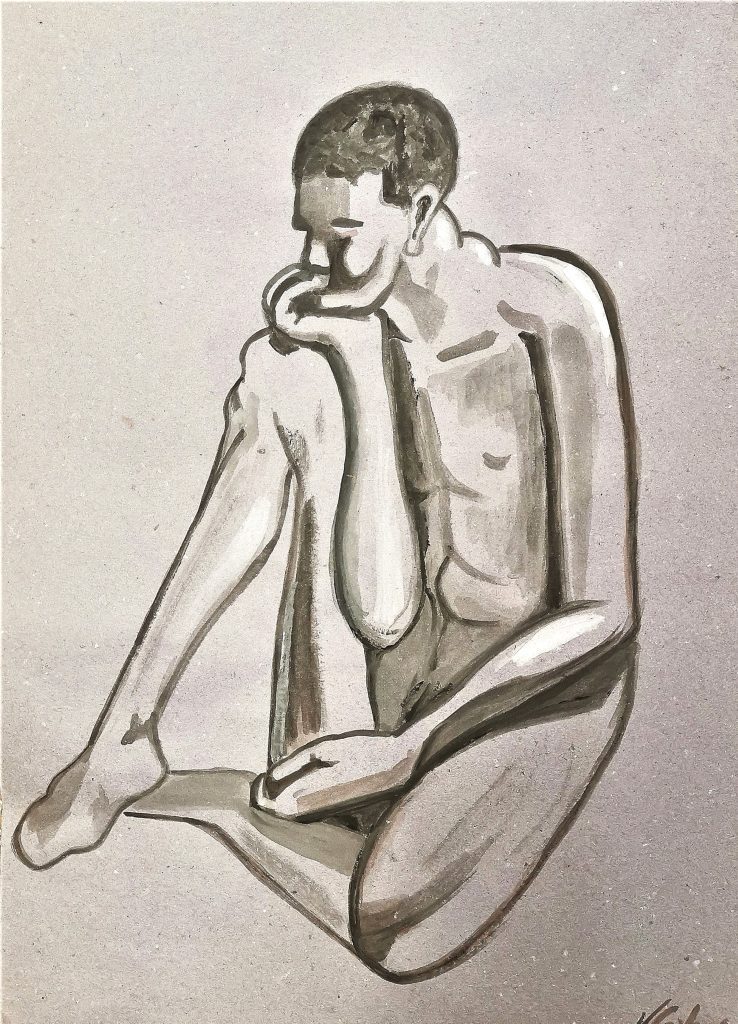
Mother Africa
Sometimes we are born but we are not the fruit of love and then we must learn to love ourselves, love and be loved…
I was the mother who lulled you
when you sank in the rain of the oceans
relics of foggy minds
storms that shook that fire that slowly burns inside
and to whom I offered shelter with my arms
arid stretches of sand and pristine savannahs.
And when lonely you saw the fleeting fauna
That the heart was so warm
I gave my voice to your inner song
And now that the petals fly far away
for the sea of being
drawing the face of a dark mother
you sang that morning song
when you felt secure in the womb of your Mother Africa.
Poetando nell’etere
Poetando nell’etere
Il raggio ci abbaglia lontano
nel remoto sole bruno
ove solevi cantare il rivo nebbioso.
Luce d’inedia
tu mi rapisti l’anima
attraverso i secoli
nei secoli dei secoli fumosi…
Poeticizing in the ether
Poeticizing in the ether
the ray dazzles us far away
in the remote brown sun
where you used to sing the foggy stream.
Light of starvation
you kidnapped my soul
in the centuries of the smoky centuries…
Le stelle sopra di noi
Vespa, piove sui nostri corpi infami…
Piove sulle stelle sopra di noi
ma non lo vediamo
Piove sulle stelle che noi siamo
cagione di un nano.
E delle fiaccole al vento
non se ne avveggono
spirando nell’etere vano.
Rains above us and the stars
Wasp, it rains on our infamous bodies…
It rains on the stars above us
but we don’t see them
It rains on the stars that we are,
cause of a dwarf.
And the torches in the wind
didn’t notice them
breathing in the vain ether.
Io prima del tempo, il tempo prima di me?
“Siedi accanto alle ombre
e prepara un grande fuoco
che ti arda l’anima…”
Oh tu,
che cerco nel lontano trapasso
eravamo amici fedeli
consumati dalla fiamma del tempo
un giorno ti dissi “non volar via da me…”
ricordo il tempo in cui eravamo felici
quando nella solitaria landa bruna
sciogliesti il nodo del destino
ti cerco lontano
dove echi di mondi nuovi
ombre imperscrutabili
di esistenze irrangiungibili
si dileguano
questione irrisolvibile: io prima del tempo, il tempo prima di me?
Nel remoto aere
inseguendo la luce m’acceco
mentre il sangue gronda
nella notte mesta
m’affondo nella tristezza più nera
sanguina una foglia
e nutre il terreno
che rivive
mentre da una cima
invoco l’eterno
e volo via lontano.
Me before time, time before me?
“Sit next to the shadows
and prepare a great fire
that flares into the soul…”
Oh you,
That I seek in the distant passing
we were loyal friends
consumed by the flame of time
one day I said, “Don’t fly away from me…”
I remember the time when we were happy
when in the lonely brown land
you were the only one
I look for you in the distance
where echoes of new worlds
inscrutable shadows
of unattainable existences
disappear
unsolvable question: me before time, time before me?
In remote air
I am chasing the light
and I blind myself
while the blood drips
in the gloomy night
I sink into the darkest sadness
bleeds a leaf
and nourishes the terrain
that relives
while from a peak
I invoke the eternal
and fly far away.
Flebile fiamma
Vagando nell’aria libera
il pensiero si libra sull’oceano
perdendosi sulla scia di una flebile fiamma
nella nebbia fitta che sale
nella resilienza della mente
nell’anima che giace…
si svela negli occhi degli uomini
il mistero della specie.
Faint flame
Wandering in the open air
the thought hovers over the ocean
lost in the wake of a faint flame
in the thick fog that rises
in the resilience of the mind
in the soul that lies…
the mystery of the species
in the eyes of humans is revealed.
Canto morente
Si muore d’inerzia
nella metafisica di un giorno
dimenticato dal tempo
nella sperduta campagna della desolata terra umbra!
Dying chant
He dies into the inactivity
in the contemplation of a day
forgotten by the time
in the barren countryside of the desolate Umbrian land!
Insonnia d’Agosto in Inverno
Guardo nei volti che ho creato
mentre il silenzio
si aggira guardingo per la casa
tu hai rotto il silenzio
tu voli nell’aria libera
sorvolando gli oceani
ho visto la madre degli elefanti
difendere il suo branco
torna alla mente il pensiero del non-ritorno
il pensiero della madre assente
ci circondano le ombre
che tu, oh volpe
sognavi avvolta nel tuo alone di mistero
mentre io sospiro d’insonnia
nelle lunghe notti d’inverno, in Agosto.
August insomnia, in winter time
I look into the faces I created
while the wary silence
wanders through the house
you have broken the silence
you fly in the open air
flying over oceans
I saw the elephant mother
defend his pack, tonight
the thought of no-return
the thought of the absent mother
comes to mind again
the shadows surround us
while you, fox
you dreamed wrapped in the halo of mystery
while I sigh from insomnia
in the long winter nights, in August.
La vetta
Inseguendo la luce m’acceco…
In questa solitudine m’acceco
questa luce che fugge via
inseguo
sulle orme del vento
e tra fronde dorate
come il lupo sul crinale
ulula alla luna
quando il giorno s’imbruna
s’avverte il silenzio delle alture
e della foglia dolce e sgualcita
che ancora una volta sparisce
e t’illude.
The peak
Chasing the light I blind myself…
In this solitude I blind myself
this light that runs away
I chase
on the tracks of the wind
and between golden fronds
like the wolf on the ridge
howls at the moon
when the day darkens
the silence of the heights is felt
and the sweet and crumpled leaf
that once again disappears
and deceives you.
La settima armata
…E mi vedrai sorgere dalla ceneri del fuoco della creazione
e vedrai sorgere lo spirito
innalzarsi
elevarsi sulle specie…
Mi aspetterai?
Nella paura ero perso
e navigavo nella mia mente triste e sconsolata
nella notte tetra e oscura
per vivere chiedendomi cosa avrei perso
e cosa avrei trovato sulla mia strada
domani.
Ero perduto nel labirinto di un cuore addolorato
e navigavo nella mia anima offuscata
per vivere chiedendomi chi avrei avuto al mio fianco
per vivere al riparo di me
nella mia impenetrabile e spietata armatura.
The seventh army
And you will see me rise from the ashes of the fire of creation
and see the spirit rise up
raise
rise above the species…
Will you wait for me?
Into the fear I was lost
and sailed in my sad and disconsolate mind
in the gloomy and dark night
to live wondering what I would lose
and what I would find on my way
tomorrow.
I was lost in the labyrinth of my aching heart
and sailed in my clouded soul
to live wondering who I would have by my side
to live sheltering me
in my impenetrable and ruthless armor.
L’elevazione dello spirito
L’ anima di un rifugiato
si perde sulla scia della foschia
si cinge nelle mura della fortezza del sè
si addentra nei labirinti della mente resiliente
scompare nella fitta natura arborea
per poi tornare all’imbrunire.
Di notte
s’avverte la sensazione della pace
l’anima si culla soave e si trastulla
volgendosi indietro al suono del silenzio.
Mentre s’aspetta l’arrivo di qualcuno
cantando l’anima svanisce in ignoti territori
tra tormento e delirio si eleva
s’innalza sul mondo nell’etere molle
si stacca da corpo e si scinde
e più in alto
vola.
Spirit rising
The soul of a refugee
is lost in the wake of the haze
girds itself in the walls of the self-fortress
wanders into labyrinths of a resilient mind
disappears into the dense arboreal nature
then turn back at dusk.
At night
we feel the feeling of peace
the soul sweetly lulls and mess around itself
looking back to the sound of silence.
Waiting for someone to come
singing the soul vanishes into unknown territories
between torment and delirium rises
rises above the world in the soft ether
come off from body and splits
and higher
fly.
Sopravvivenza
Siamo solo tu ed io
nell’immenso vuoto dell’etere
siamo solo tu ed io
mia compagna fedele
sei stata mandata da Dio, ma io non ti volevo
siamo solo tu ed io
su questa valle di mostri
vorrei fuggire lontano
ma non riesco ad abbondonarti
e non resta che combattere.
Survival
It’s just you and me
in the immense void of the ether
It’s just you and me
my faithful companion
you were sent by God, but I didn’t want you
It’s just you and me
on this valley of monsters
I would run away
But I can’t get enough
and all that remains is to fight.
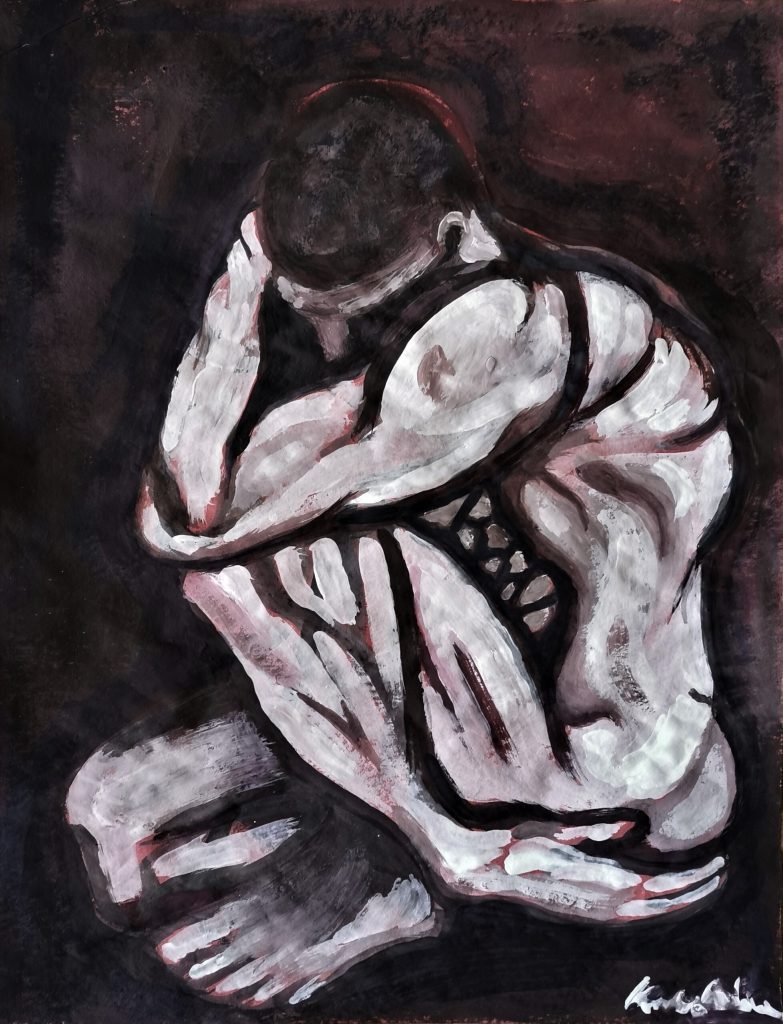
Buonanotte bugia
Buonanotte bugia
che indugi su me
nell’oscura, silente, mesta notte…
Buonanotte bugia
che mi inganni con ameno disincanto
di illusioni fragili e insonnie notturne
di canti solenni sulle vette innevate
lassù
Good night lie
Good night lie
lingering over me
in the dark, silent, sad night…
Good night lie
Who deceive me with pleasant disenchantment
of fragile illusions and sleepless nights
of solemn songs on the snowy peaks
up there.
Credits
Featured image and other in-text iöages by the author
Learn More
New to autoethnography? Visit What Is Autoethnography? How Can I Learn More? to learn about autoethnographic writing and expressive arts. Interested in contributing? Then, view our editorial board’s What Do Editors Look for When Reviewing Evocative Autoethnographic Work?. Accordingly, check out our Submissions page. View Our Team in order to learn about our editorial board. Please see our Work with Us page to learn about volunteering at The AutoEthnographer. Visit Scholarships to learn about our annual student scholarship competition
Vincenzo Cohen is an Italian multidisciplinary artist engaged in social art. He graduated in Painting from Fine Arts Academy and subsequently he achieved the degree in Archaeology from "La Sapienza" University in Rome. The path of the artist is mostly focused on nature and environmental issues, since childhood, when after a trip to Kenya he suffered from a strong pain of Africa. At young age that first contact with nature arouses emotions that will deeply affect his existential perspective. The artist's production ranges from visual arts to writing and consists in reworking of biographical experiences by exploring cultural, social and environmental content. His interest in history pushes him to investigate the human origins through the study of archetypes and myths accross the Mediterranean. Over the years his art has opened up to new experimental languages with different media and styles. The artist has exhibited in international contexts and published in international art books and magazines.


